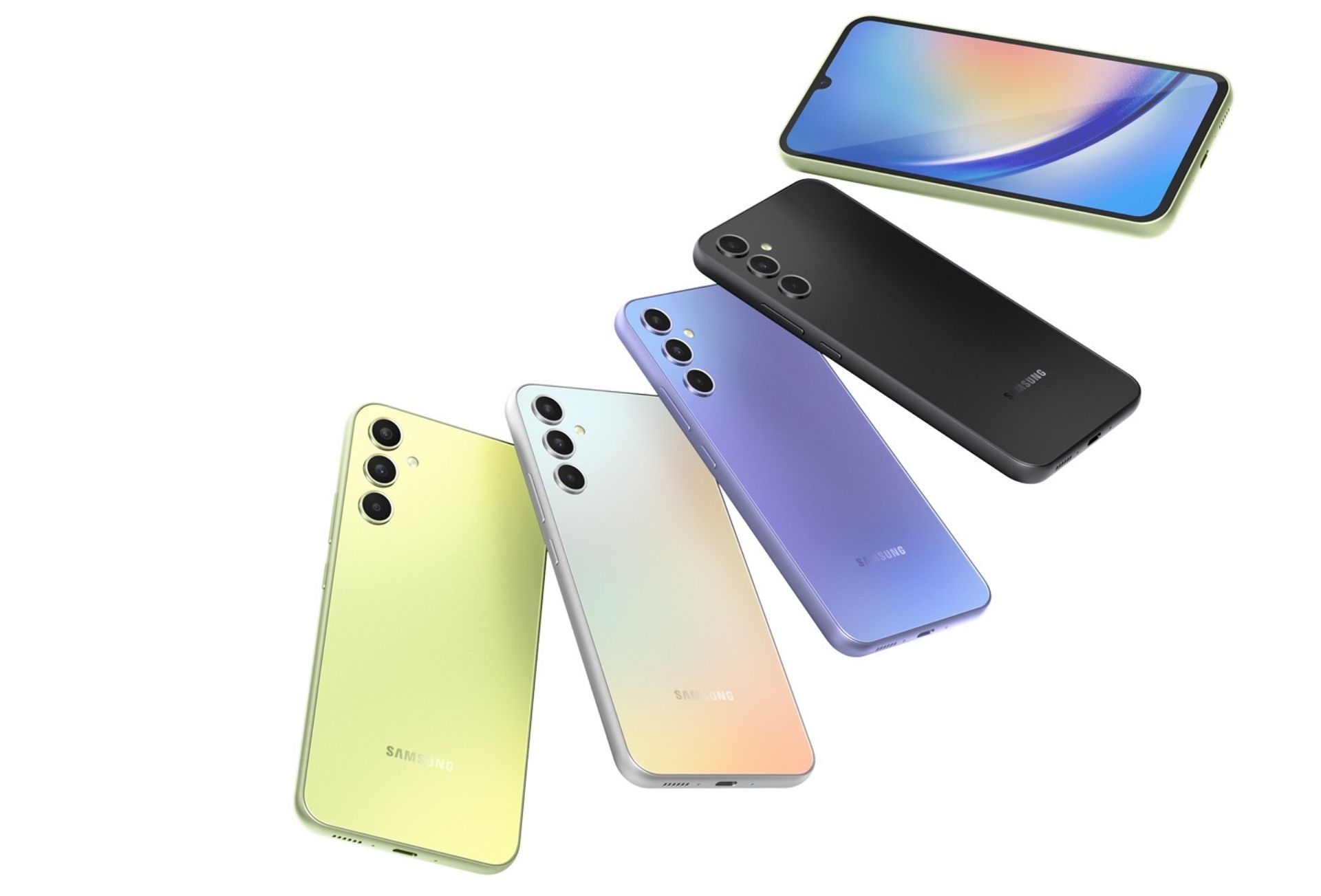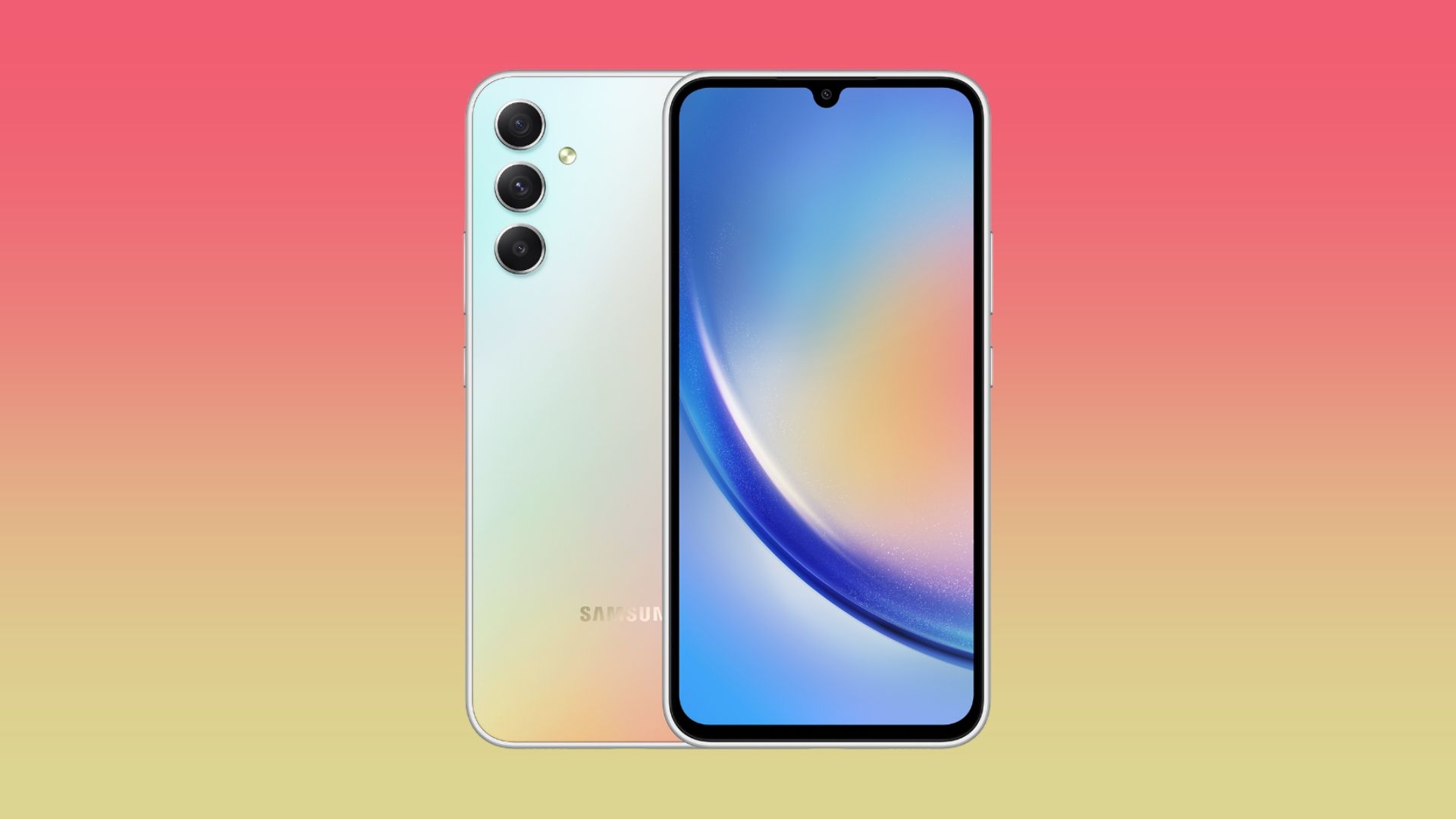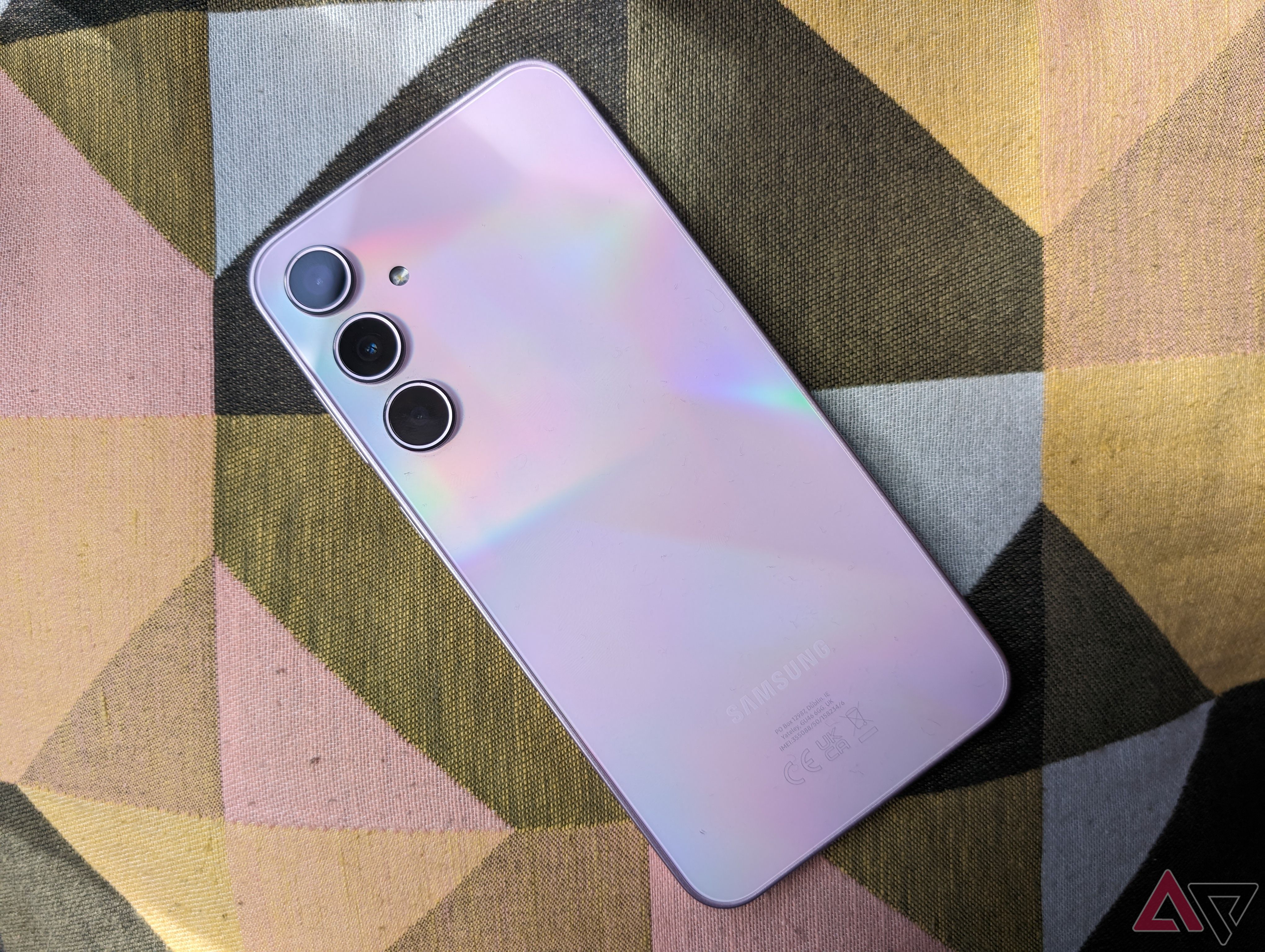-
Samsung Galaxy A35
Newest A-series entrantThe Galaxy A35 joins Samsung’s popular Galaxy A-series as a solid budget smartphone. It houses the Exynos 1380 chip, a 5,000mAh battery, and a beautiful AMOLED display in a premium design.
Pros- Premium look with a glass back
- Decent cameras
- Wi-Fi 6
Cons- Not a big upgrade over the Galaxy A34
- Can feel sluggish
-
Samsung Galaxy A34 5G
Last year’s standoutPart of Samsung’s mid-range lineup, the Galaxy A34 5G offers a compelling package with a 6.6-inch 120Hz display, a 5,000mAh battery with 25W charging, and Android 13 with OneUI 5.1. Its MediaTek Dimensity 1080 processor is also a tried and tested chip.
Pros- Beautiful AMOLED display with a 120Hz refresh rate
- Decent performance
Cons- Limited to Wi-Fi 5
- Not available in the US
As Samsung has decided to skip the launch of the new Galaxy A55 smartphone in the US, the Galaxy A35 has emerged as the leader of the popular Galaxy A-series in 2024.
It’s a capable budget smartphone, but is it a significant upgrade over its predecessor, the Galaxy A34, which packs many of the exciting features that buyers in this segment crave, such as a 120Hz OLED screen, a big 5,000mAh battery, and an in-display fingerprint sensor? Let’s find out.

Best budget Android phones in 2024
These days, you don’t have to pay through the nose to get a decent phone
Price, availability, and specs
Samsung has priced the Galaxy A35 at $400 for the sole 128GB variant in the US. Whether you choose the unlocked variant in Awesome Navy or Awesome Lilac colors or the carrier-specific versions (AT&T and US Cellular) in Awesome Navy, the Galaxy A35 is widely available through major retailers.
The Galaxy A34, on the other hand, isn’t available in the US, but it retails starting at GBP 349 in the UK. It comes in 128GB and 256GB models, with four color options.
Let’s look at the raw specifications of both phones before diving deeper.
-
Samsung Galaxy A35 Samsung Galaxy A34 5G SoC Samsung Exynos 1380 MediaTek Dimensity 1080 Display type Super AMOLED, 120Hz Super AMOLED, 120Hz Display dimensions 6.6-inch 6.6-inch RAM 6GB 6GB, 8GB Storage 128GB 128GB, 256GB Battery 5,000mAh 5,000mAh Charge speed 25W wired 25W wired Operating System Android 14, One UI 6.1 Android 13 & OneUI 5.1 Front camera 13MP f/2.2 13MP f/2.2 Rear camera 50MP f/1.8 (primary), 8MP f/2.2 (ultrawide), 5MP f/2.4 (macro) 48MP f/1.8 (primary), 8MP f/2.2 (ultrawide), 5MP f/2.4 (macro) Dimensions 161.7 x 78.0 x 8.2mm 161.3 x 78.1 x 8.2 mm Weight 209g 199 g IP Rating IP67 IP67 Colors Awesome Navy, Awesome Lilac Lime, Graphite, Violet, Silver Display resolution 1080 x 2340 pixels 1080 x 2340 pixels Ports USB Type-C USB Type-C Wi-Fi connectivity Wi-Fi 6 Wi-Fi 5 Bluetooth Bluetooth 5.3 Bluetooth 5.3

Samsung Galaxy A35 review: How to compromise effectively
If you don’t expect much, it’s great
Design and display
Although the Galaxy A35 and Galaxy A34 have a broadly similar design reminiscent of the company’s flagship Galaxy S-series phones, there are some major differences. For example, the Galaxy A35 has ditched the plastic exterior in favor of more premium glass. Similarly, the tear drop-style selfie camera design makes way for a hole-punch cutout. Another departure from the A34 design comes in the form of flatter sides. All these changes give the Galaxy A35 a more polished and contemporary look. Otherwise, the two phones have almost the same dimensions, but the glass back certainly adds a few grams to the Galaxy A35’s weight.
Samsung has included the same 6.6-inch Super AMOLED display with a full-HD+ resolution and a 120Hz refresh rate in the Galaxy A35 and the A34. All the attributes of the two displays, including a 1,000 nits peak brightness, are the same. As a result, you can expect a vibrant and punchy image on both smartphones. That said, the A35 features the newer Corning Gorilla Glass Victus+, whereas the A34 has the Gorilla Glass 5. But this isn’t likely to make a significant difference in the new A-series model’s durability and scratch resistance.
Both smartphones also have an under-display fingerprint sensor for biometric authentication and an IP67 dust and water resistance rating.
Performance and battery
Samsung Galaxy A35 may have the same display as the A34, but it packs a different processor. The phone is powered by the company’s own Exynos 1380 chip. While it’s not a significant improvement over the MediaTek Dimensity 1080 in the Galaxy A34, you can expect a slightly better performance. That said, as we noted in our review, the Galaxy A35 doesn’t deliver the snappiest performance. It also heats up a lot, which can be frustrating.
Otherwise, the specifications of the two models are pretty similar. You get 6GB of RAM with both phones’ 128GB models, a hybrid microSD card slot, stereo speakers, a USB 2.0 Type-C port, Bluetooth 5.3, and NFC. However, the Galaxy A35 has Wi-Fi 6 support compared to the Wi-Fi 5 in the Galaxy A34. If you have a Wi-Fi 6 router, you will get faster wireless connectivity with the Galaxy A35.
Another feature that remains the same in the Galaxy A35 and Galaxy A34 is the 5,000mAh battery with its 25W wired fast charging support. So, the battery backup will be similar in the smartphones — over a full day of regular usage — which is quite impressive.
Software
Software is another aspect in which the two A-series smartphones deliver an identical performance. While the Galaxy A35 runs on Android 14 with One UI 6.1 out of the box, the Galaxy A34 has been updated to Android 14 with One UI 6. The two phones are also promised to get four major OS upgrades and five years of security updates. However, as the Galaxy A34 has already received one major OS update in Android 14, it won’t get the Android 18 update like the Galaxy A35. Otherwise, for most of their lifetime, the two phones will be evenly stacked in terms of the software experience.
Cameras
At first glance, it seems Samsung has largely kept the same camera system as the Galaxy A34 in the A35. However, apart from switching to a 50MP primary shooter from a 48MP shooter in the A34, the company has also seemingly changed the image sensors in the 8MP ultra-wide, 5MP macro, and 13MP selfie cameras.
Still, there won’t be a big difference in the photos and videos taken from these cameras. The primary shooter on both phones can capture great photos in daylight with plenty of detail. The low-light photos are also solid, with sufficient detail and good dynamic range. Plus, you’ll get decent pictures from wide-angle and macro shooters.
Finally, the front shooter performs excellently for its class and captures sharp, detailed photos with natural skin tones.
Which should you buy?
The Samsung Galaxy A35 is a solid all-rounder and an excellent budget smartphone. Sure, it doesn’t pack a long list of upgrades over the Galaxy A34. But a more refined, premium design and faster Wi-Fi connectivity are welcome. You also get a tried and tested vibrant OLED screen with a 120Hz refresh rate, a reasonably capable processor, and a big 5,000mAh battery. More importantly, Samsung isn’t planning to release the Galaxy A55 in the US, and the A34 never made its way to the market, so if you want an excellent Galaxy A-series phone in the US, there is little else to choose from.
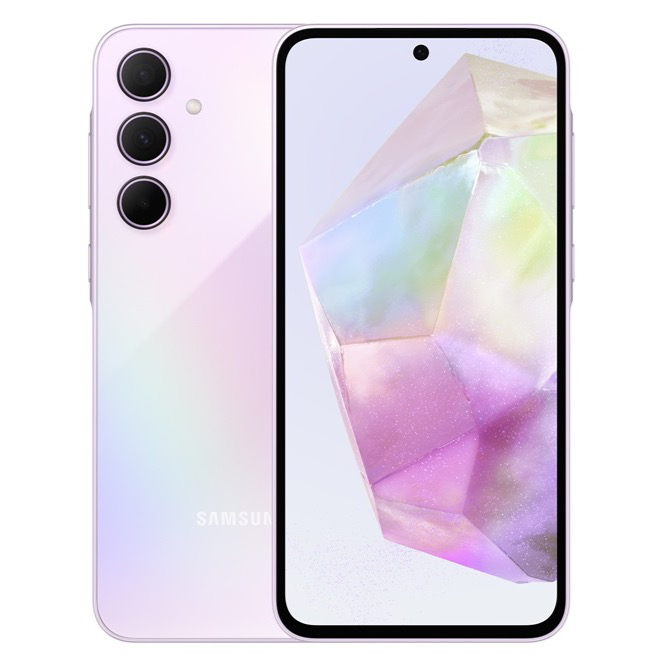
Samsung Galaxy A35
An excellent wallet-freindly phone
The Galaxy A35 shines with its premium design, updated features, and excellent battery life. Thanks to the promise of four major OS updates, it will keep you company for a long time.
However, for countries where you can buy both the Galaxy A35 and Galaxy A34, the latter can be an excellent alternative, granted you can get it at a significant discount to the A35. It packs many of the same features as the Galaxy A35, and some may even consider its plastic back to be a good thing for durability. The lack of Wi-Fi 6 is a bit of a downer, but otherwise, the A34 has a lot going for it.
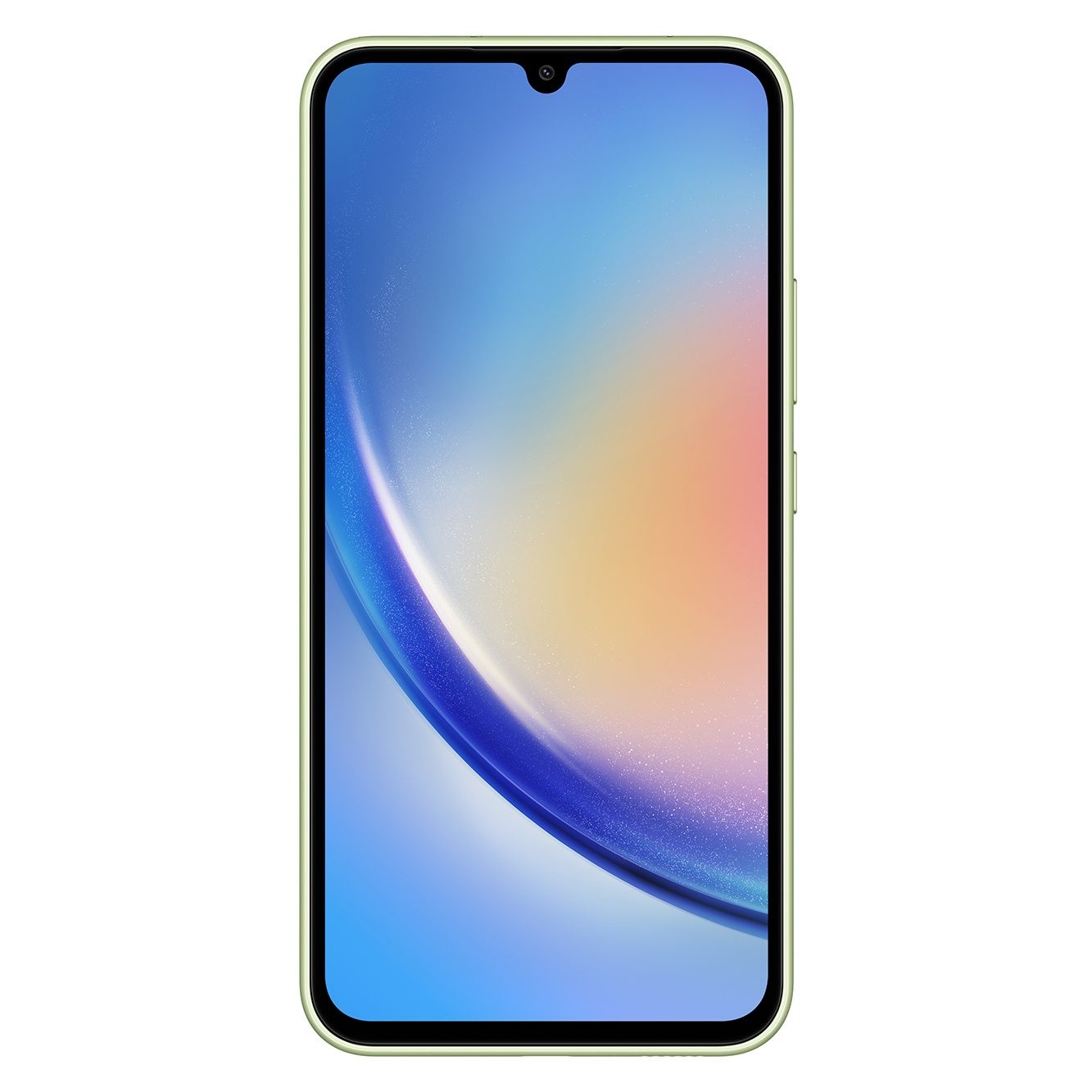
Samsung Galaxy A34 5G
Older but still great
If you can find the Galaxy A34 significantly cheaper than the Galaxy A35, it is still an excellent mid-range option. It delivers solid performance and has all the bells and whistles you expect in a good mid-ranger, including a long software support period.




